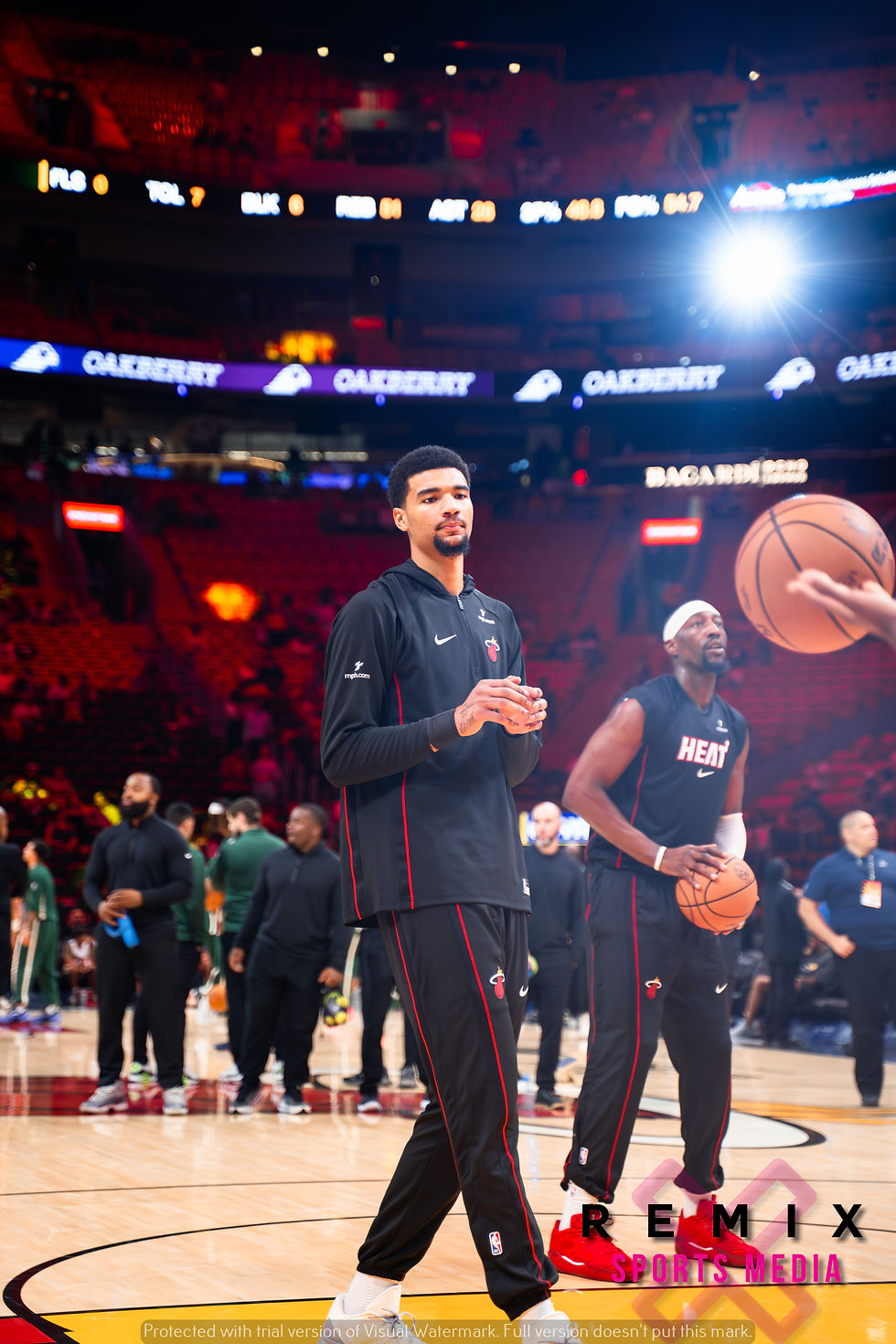Innovative Trends Transforming the Sports Media Landscape
- Remix Sports Media
- Oct 15
- 3 min read
The sports media landscape is evolving rapidly, driven by technological advancements and changing consumer preferences. Traditional broadcasting is no longer the sole way fans engage with sports content. New platforms, immersive technologies, and data-driven storytelling are reshaping how sports are consumed and experienced worldwide. This transformation offers exciting opportunities for content creators, broadcasters, and fans alike.
The Rise of Digital and Streaming Platforms in Sports Media
Digital platforms have revolutionized sports media by providing fans with instant access to live games, highlights, and exclusive content. Streaming services like ESPN+, DAZN, and Amazon Prime Video have become major players, offering flexible viewing options beyond traditional cable TV.
Key benefits of digital sports media include:
On-demand access: Fans can watch games anytime, anywhere.
Multi-device compatibility: Content is accessible on smartphones, tablets, and smart TVs.
Interactive features: Live chats, polls, and social media integration enhance engagement.
Personalized content: Algorithms recommend highlights and stories based on user preferences.
For example, the NBA League Pass allows fans to stream every game live or watch condensed versions, catering to different viewing habits. This flexibility has increased fan engagement and expanded global reach.

How Data Analytics and AI Are Shaping Sports Media
Data analytics and artificial intelligence (AI) are transforming sports media by enabling deeper insights and more engaging storytelling. Broadcasters and content creators use data to enhance commentary, predict outcomes, and personalize fan experiences.
Applications of data and AI in sports media include:
Real-time statistics: Providing viewers with up-to-the-minute player and team stats during broadcasts.
Predictive analytics: Using historical data to forecast game results and player performance.
Automated highlights: AI algorithms identify key moments and generate highlight reels quickly.
Enhanced storytelling: Data visualization tools create compelling graphics and narratives.
For instance, during major events like the FIFA World Cup, broadcasters use AI to analyze player movements and tactics, offering fans a richer understanding of the game. This data-driven approach keeps audiences informed and engaged.

The Impact of Social Media and Fan Engagement on Sports Media
Social media platforms have become essential channels for sports media, enabling direct interaction between teams, athletes, and fans. Platforms like Twitter, Instagram, TikTok, and YouTube allow real-time updates, behind-the-scenes content, and viral moments.
Effective social media strategies in sports media include:
Live tweeting and instant updates: Keeping fans informed during games.
User-generated content: Encouraging fans to share their experiences and reactions.
Influencer partnerships: Collaborating with athletes and celebrities to reach wider audiences.
Interactive campaigns: Contests, polls, and Q&A sessions to boost engagement.
A great example is how the NFL uses TikTok to share short, entertaining clips that attract younger audiences. This approach helps maintain fan interest beyond the game itself.

Virtual Reality and Augmented Reality Enhancing Sports Viewing
Virtual reality (VR) and augmented reality (AR) technologies are creating immersive sports experiences that bring fans closer to the action. These innovations allow viewers to feel like they are inside the stadium or interact with digital overlays during live broadcasts.
Examples of VR and AR in sports media:
VR live streaming: Fans can watch games from multiple angles in a 360-degree virtual environment.
AR stats overlays: Real-time player stats and graphics appear on screen during broadcasts.
Virtual fan zones: Interactive spaces where fans can socialize and participate in games virtually.
Training and analysis: Teams use VR for player development and tactical reviews.
Companies are investing heavily in these technologies to differentiate their offerings. For example, the NBA has experimented with VR broadcasts that let fans experience courtside views from home.
The Future of Sports Media: Personalization and Interactive Content
The future of sports media lies in personalization and interactivity. Fans want content tailored to their interests and the ability to engage actively rather than passively consume.
Trends shaping this future include:
Customized viewing experiences: Options to select camera angles, commentary styles, and content types.
Interactive storytelling: Choose-your-own-adventure style narratives and gamified content.
Integration with wearables: Real-time biometric data enhances fan understanding of athlete performance.
Blockchain and NFTs: New ways to own and trade digital sports memorabilia.
To stay ahead, media companies must embrace these trends and invest in innovative content delivery methods. Platforms like remix sports media are pioneering new ways to connect fans with sports through creative digital solutions.
Embracing Innovation to Stay Competitive in Sports Media
The sports media industry is at a pivotal moment. Embracing innovation is essential for staying competitive and meeting evolving fan expectations. By leveraging digital platforms, data analytics, social media, and immersive technologies, sports media can deliver richer, more engaging experiences.
Actionable recommendations for sports media professionals:
Invest in multi-platform content distribution to reach diverse audiences.
Use data and AI to enhance storytelling and provide unique insights.
Develop strong social media strategies to build community and engagement.
Explore VR and AR to create immersive fan experiences.
Prioritize personalization to cater to individual fan preferences.
By adopting these strategies, sports media companies can thrive in a dynamic landscape and build lasting connections with fans worldwide.
white1.png)



Comments